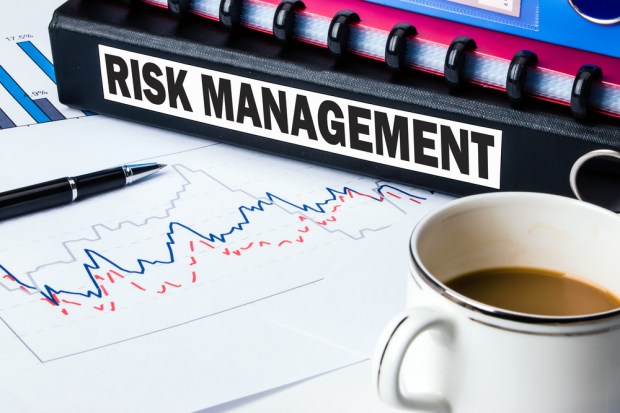CFOs, Treasurers Are The One-Two Punch Against FX Risk

The conversation about exposure to FX risk continues to mount alongside the strengthening U.S. dollar, according to Deloitte LLP — and that goes for corporations large and small. More than half of treasury departments surveyed by the firm, however, say that a lack of visibility into their corporations’ exposure to this risk, as well as unreliable FX forecasts, are their top challenges.
A recent report from Deloitte explores how to increase the corporate treasurer’s confidence in mitigating FX risk at their companies, a task the firm said largely depends on identifying less obvious areas of risk exposure.
“Sources of hidden FX exposures range from internal functions, such as treasury, trading and technology, to external forces, such as currency volatility or government-imposed cash restrictions,” Deloitte stated. The company pointed to “unintended speculation” or “mishedging” as two sources of non-obvious exposure to FX risk from within the enterprise.
Deloitte noted that corporations are increasingly looking to alternative FX risk management solutions apart from derivative hedging. But while companies explore new ways to handle this aspect of treasury, there are some mistakes treasurers make that allow FX risks to remain unseen.
Where Treasurers Go Wrong
One of the largest sources of blind spots in the treasury department when it comes to FX risk mitigation is the use of multiple systems. This, says Deloitte, means professionals are tasked with manual risk reporting, which, by the time a report is complete, can often prove outdated in today’s fast-paced markets.
A company with more than one ERP system — or a firm that only uses their ERP system to identify FX risks — also means more missed opportunities to identify weak spots, analysts said.
Inadequate data analytics tools are also slowing down treasurers, Deloitte explained. Whether it be through an overload of data, inaccurate or slow analytics processes or a system that can’t take into account new and ongoing global events that impact the FX markets, just because a company has deployed an analytics solution does not mean it will prove effective in mitigating FX risk.
At the same time, a continued dependence on manual analytics can similarly mean a weak grip on FX risk mitigation. Deloitte highlighted a greater margin of error and more time connected to manual risk analysis processes.
While there are several more ways corporations can fail to identify and mitigate FX risk exposure to the highest extent possible, Deloitte added that a lack of standardization across the enterprise means different business units can be exposed at different levels.
Renminbi Versus Dollar
At the tip of everyone’s tongue in the treasury department these days is the rising value of the U.S. dollar and the weakening Chinese renminbi. According to Deloitte, 57 percent of CFOs surveyed said they expect to see the value of the U.S. dollar continue to rise against the renminbi in 2016.
Analysts stressed the need for businesses, especially those with “substantial renminbi holdings,” to reassess how they offset FX risks, especially amid market fluctuations. Firms must take into account trade regulations, the costs of hedging instruments and the possibility of converting RMB to other, less volatile currencies.
The latter option is especially important for businesses doing cross-border trade, with Chinese financial services firms displaying some of the highest demand to exchange local currency to USD seen in years, Deloitte said. That means corporations with U.S. dollars have greater leverage when doing international trade with China, but CFOs and treasurers must take note of the specifics of their contracts in cross-border agreements.
Corporate Alignment
Not only is it prudent for corporations to align their internal systems — ERP systems across business units, communication across departments and the like — it’s also critical that CFOs and corporate treasurers establish close relationships.
“In this environment, CFOs should be working closely with their treasurers to understand the core risk management challenges around FX exposure and visibility,” Deloitte concluded.
CFOs must discuss their companies’ resources — both talent and technology — that can be put to use to mitigate FX risk, to align their processes in response to currency swings and to get on the same page about how the corporation as a whole assesses its performance in FX risk mitigation.
Together, CFOs and treasurers must form a team, Deloitte added.
“CFOs need to be comfortable that currency-related value erosion is avoided,” the report concluded, “and, where necessary, challenge their treasury teams to address some of the identified hurdles.”
